
Serotonin Accumulation in High-Lysine Rice
Plant Physiology, Plant Physiology: On The Inside, Research, Research BlogThe nutritional quality of cereals often suffers from a deficiency in essential amino acids, especially lysine. Recently, High Free Lysine (HFL) rice (Oryza sativa) has been genetically engineered. The free lysine content in the mature endosperm of two HFL transgenic lines (HFL1 and HFL2) is increased…
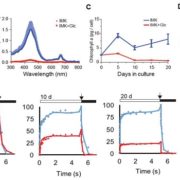
Glucose-Induced Trophic Shift in an Endosymbiotic Dinoflagellate
Blog, Plant Physiology, Plant Physiology: On The Inside, Research, Research BlogDinoflagellates in the genus Symbiodinium have the ability to enter into endosymbiotic associations with corals, providing the metabolic basis for the highly productive and biologically diverse coral-reef ecosystems, as well as with other cnidarians, including sea anemones and jellyfish. The Symbiodinium-coral…
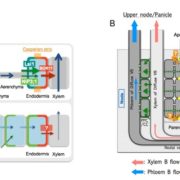
Boron Transport in Rice
Blog, Plant Physiology, Plant Physiology: On The Inside, Research, Research BlogBoron (B) is an essential micronutrient for plant growth and development. Its major physiological function is to maintain the structure of the cell wall by crosslinking pectic polysaccharides through borate-diol bonding of two rhamnogalacturonan II molecules. B is immobile in most plant species. Therefore,…
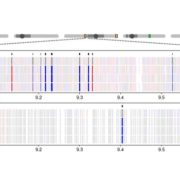
Epigenetic Divergence Associated with Heterosis
Blog, Plant Physiology, Plant Physiology: On The Inside, Research, Research BlogHeterosis refers to the tendency of a crossbred individual to show qualities superior to those of both parents. The phenomenon has been exploited extensively in agricultural breeding for decades and has improved crop performance enormously. Despite its commercial impact, knowledge of the molecular basis…

Mineral Deposits in Ficus Leaves
Blog, Plant Physiology, Plant Physiology: On The Inside, Research, Research BlogMineral deposits occur in many, but not all plant leaves. In those leaves that do have minerals, the mineral type, morphology and the distributions within the leaves are under strict control. In fact, mineralization in certain leaves is a well-preserved trait throughout evolution, indicating that such…
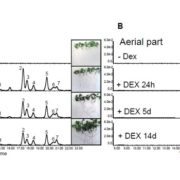
Anthocyanins on Demand
Blog, Plant Physiology: On The Inside, Research, Research BlogAnthocyanins are vacuolar pigments derived from the phenylpropanoid pathway that are produced in many different plant species. The role of anthocyanin accumulation under stress in vegetative tissues is probably linked to the scavenging of reactive oxygen species (ROS). Anthocyanins are powerful antioxidants…

Laccase Confers Biotic Stress Tolerance in Cotton
Blog, Plant Physiology, Plant Physiology: On The Inside, Research, Research BlogCotton (Gossypium spp.) is a globally cultivated globally crop of vast economic importance. Pathogens and pests are major limitations to cotton yield and quality. Verticillium wilt, caused by the fungus Verticillium dahliae, is the disease most detrimental to cotton production. Cotton bollworm (Helicoverpa…
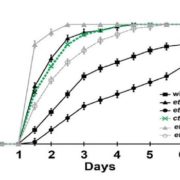
Non-Canonical Signaling of Ethylene Receptors
Blog, Plant Physiology, Plant Physiology: On The Inside, Research, Research BlogEthylene is a gaseous plant hormone that affects the growth and development of plants and mediates plant stress responses. Ethylene is perceived by a family of five receptors in Arabidopsis thaliana including ETHYLENE RESPONSE1 (ETR1) and ETR2. Surprisingly, there are cases where the different ethylene…
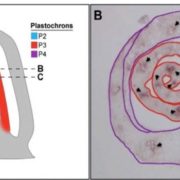
Engineering Increased Stomatal Density in Rice
Blog, Plant Physiology, Plant Physiology: On The Inside, Research, Research BlogThe coordinated differentiation of cell types during the metamorphosis of an organ is crucial for ensuring that the final form of the organ is appropriate for itsfunction. A case in point is the photosynthetic function of plant leaves that requires chloroplast-containing cells in the middle leaf layers…

